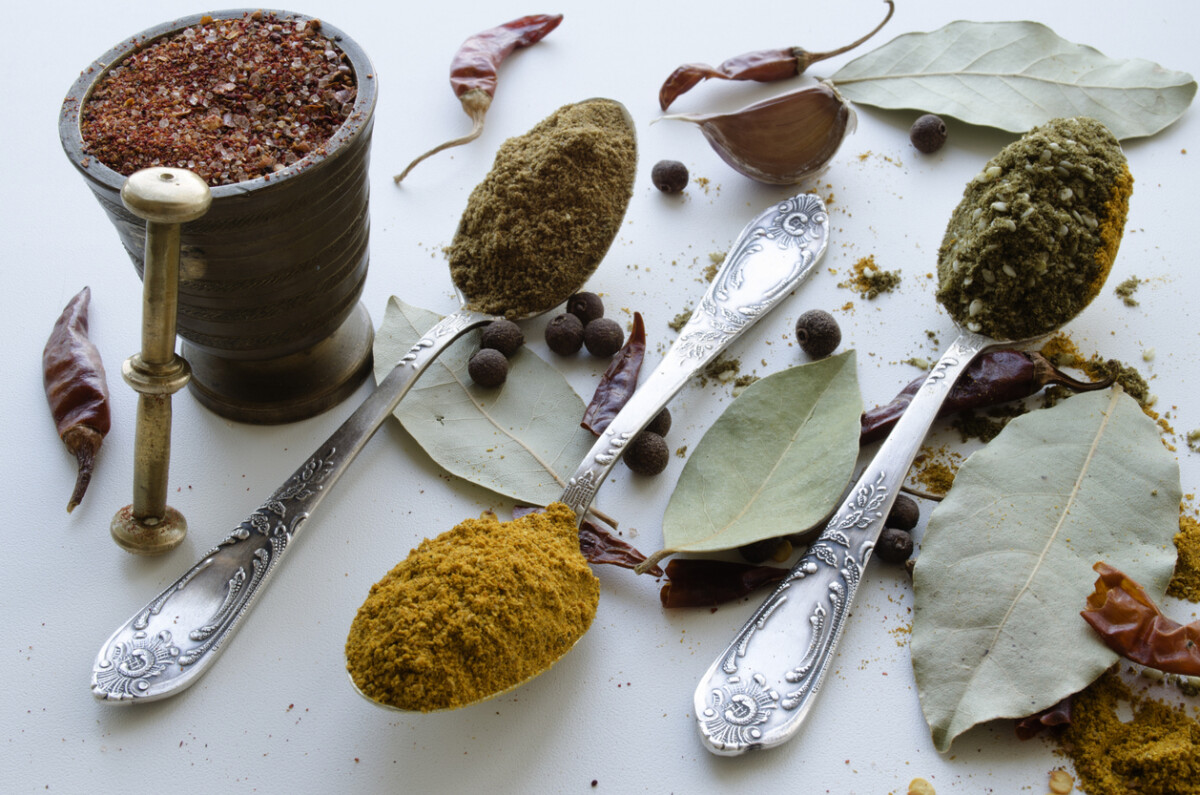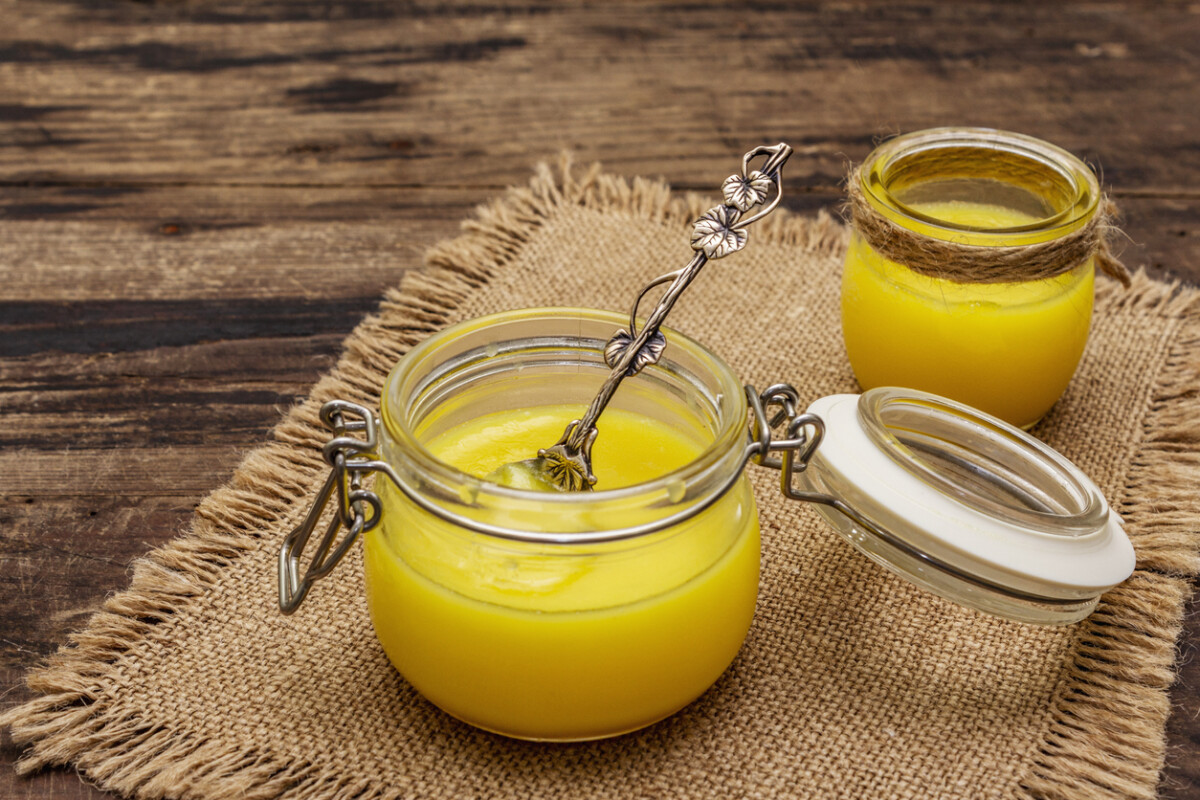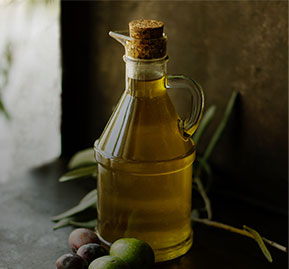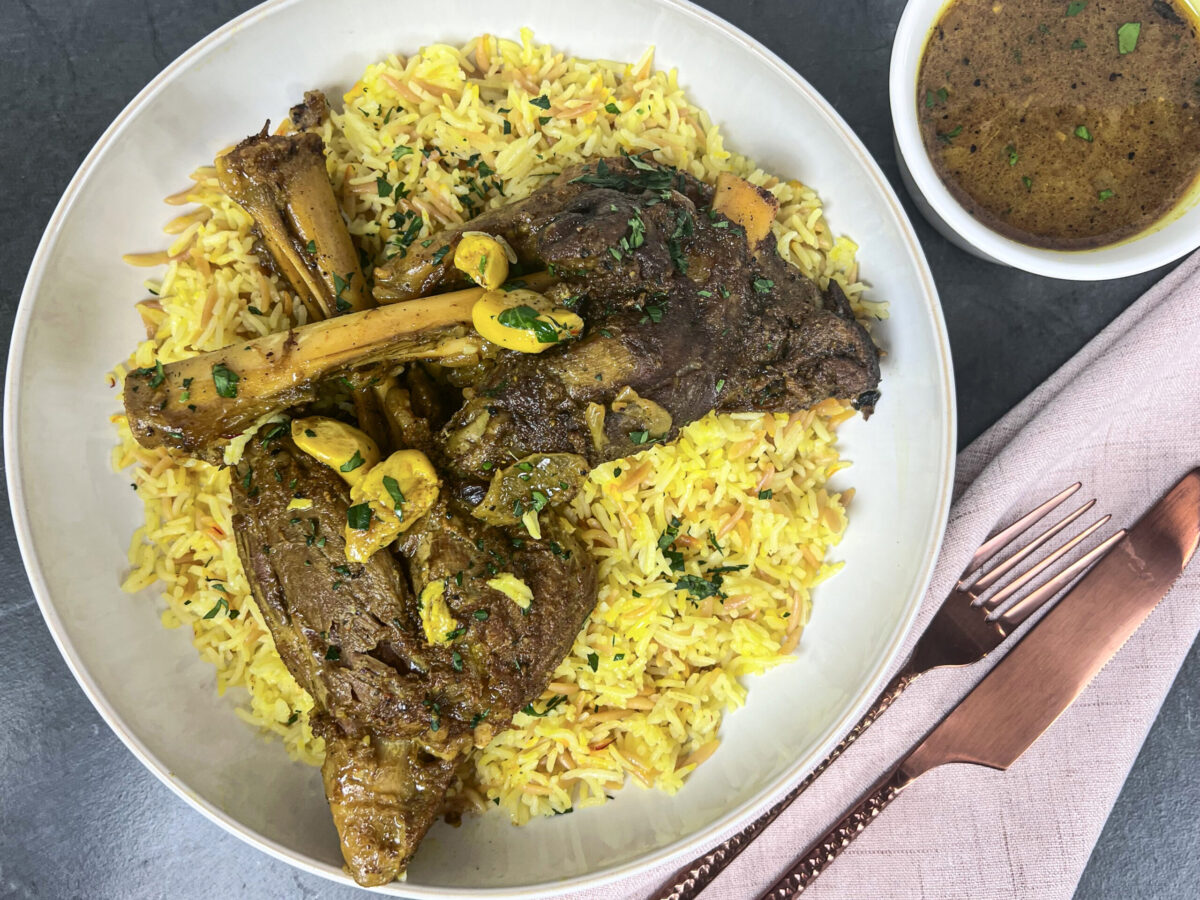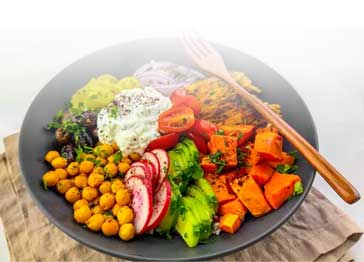Mediterranean cooking techniques are more than culinary methods — they’re a way of life, passed down through generations with love and intention. As a child, I watched in awe as my grandma and aunts gathered around the kitchen table, carving fresh zucchini and rolling grape leaves with practiced hands. It wasn’t just cooking — it was a ritual, a rhythm, a shared act of care.

Every dish told a story, every ingredient held a memory. Rooted in sun-kissed produce, slow cooking, and seasonal simplicity, these techniques celebrate the joy of unhurried meals, made to be savored with loved ones. Mediterranean cuisine is not only fresh and healthful — it reflects a way of living that honors connection, laughter, and the beauty of gathering around the table.
Essential Techniques in the Mediterranean Kitchen
Mediterranean cooking isn’t just about fresh ingredients — it’s also about how you bring them to life. These foundational techniques have been passed down for generations, shaping the way meals are prepared, shared, and enjoyed.
Start by getting comfortable with the basics, then make them your own. With a little practice (and a lot of olive oil), you’ll be able to capture the authentic textures and bold, vibrant flavors that define the Mediterranean kitchen.

Vegetables transformed through the art of slow cooking.
1- Slow Cooking — The Heartbeat of Mediterranean Kitchens
Among the most treasured Mediterranean cooking techniques, slow cooking stands out for its deep connection to patience and care. This technique allows flavors to develop gradually, giving ingredients time to mingle, soften, and truly shine. Whether it’s braised lamb shanks, slow-roasted lamb shoulder, or a classic Slovenian beef goulash, these dishes become tender, flavorful masterpieces — not in haste, but over hours of gentle heat.
Slow cooking is about honoring the rhythm of real food and savoring the process as much as the result.
Pro Tips for Slow Cooking
- Keep the Heat Low & Steady: Gentle, consistent heat prevents burning and allows for even flavor development.
- Use a Heavy Pot: A Dutch oven or heavy-bottomed pot ensures even heat distribution and better moisture retention.
- Layer with Purpose: Place tougher ingredients like root vegetables or bone-in meats at the bottom, and more delicate ones on top.
- Infuse with Fresh Herbs: Add herbs like rosemary, thyme, or bay leaves early — they slowly release aroma and depth.
- Don’t Overcrowd: Ingredients need space to cook evenly and absorb liquid — too much in the pot will lead to steaming, not braising.
- Seal It Tight: Whether stovetop or oven, a well-sealed lid locks in moisture and intensifies flavor.
- Be Patient: Avoid lifting the lid too often. Trust the process — slow cooking is all about letting time do the work.

Black Sea Bass, kissed by the grill, Mediterranean-style
2- Grilling and Charring — Bold Flavor, Mediterranean Style
In Mediterranean kitchens, grilling and charring are more than techniques — they’re essential flavor builders. The smoky depth of baba ganoush, made from flame-charred eggplant, or the vibrant complexity of muhammara, built on roasted red peppers, shows how fire transforms simple ingredients into something soulful.
Grilling plays an equally vital role. From Turkish kebabs to Greek souvlaki, meats cooked over open flames capture the rustic essence of the region. But it’s not just about meat — grilled vegetables, brushed with golden olive oil and kissed by flame, taste like summer on a plate. Eggplant, zucchini, and bell peppers take on sweet, smoky notes that amplify their natural flavors.
Pro Tips for Grilling & Charring
- Open Flame = Bold Flavor: For deeper smokiness, char veggies directly over a gas burner or grill. No flame? Use your oven’s broiler for a controlled char.
- Steam to Peel: After charring vegetables like eggplant or bell peppers, place them in a sealed container or wrap them in foil for about 10 minutes. The steam softens and loosens the skin, making it easy to peel away. This step is key for silky baba ganoush or smooth red pepper dips like muhammara.
- Brush with Olive Oil: Lightly coat vegetables in olive oil before grilling to prevent sticking, enhance flavor, and promote caramelization.
- Always Preheat the Grill: A hot grill gives better sear marks and ensures even cooking — no cold starts!
- Mind the Cook Times: Dense veggies like bell peppers take longer than tender ones like zucchini. Keep a close eye and adjust as needed.
- Grill Smart for Chicken & Steaks: For larger cuts of meat like chicken pieces or thick steaks, start by searing them briefly over direct heat to create grill marks and seal in the juices. Then, move them to the cooler side of the grill to finish cooking more gently without burning. This two-zone approach gives you that charred exterior with a juicy, evenly cooked interior.
3- Marinating — The Secret to Flavor and Tenderness
Marinating is like giving your ingredients a flavorful embrace before the real cooking begins. It’s one of the most beloved Mediterranean techniques — used to infuse meats, fish, and even vegetables with bold spices, herbs, and tenderizing acids.
Whether you’re preparing chicken kebabs, oven-roasted chicken with za’atar and sumac, chicken shawarma, or a delicate piece of fish, marinating enhances both texture and taste. It’s the quiet step that makes a loud impact — soaking every bite in rich, vibrant Mediterranean flavor.
Pro Tips for Marinating
- Time Matters: Marinate meat for 2–8 hours. For fish, 30–60 minutes is usually enough. Too much time in acidic marinades (like lemon or vinegar) can break down proteins and make the texture mushy.
- Use Yogurt Wisely: Plain yogurt is a classic Mediterranean marinade base. It tenderizes gently while adding creaminess and a subtle tang — perfect for lamb, chicken, or eggplant.
- Marinate Safely: Always use glass or plastic containers. Avoid metal, as it can react with acidic ingredients and alter flavor.
- Room Temp Before Cooking: After marinating in the fridge, bring food to room temperature before cooking. This ensures even heat distribution.
- Save Some Sauce: Want to use the marinade as a sauce? Reserve some before adding raw meat, or boil the used marinade thoroughly to make it safe for serving.
- Turn for Full Flavor: Make sure the marinade coats everything well. Flip or stir ingredients occasionally to ensure even flavor absorption.
4- Seasoning and Sauces — The Soul of Mediterranean Flavor
In the Mediterranean kitchen, seasoning is an art form, not just a pinch of salt or a grind of pepper. Each region brings its own aromatic identity, defined by herbs, spices, and unforgettable sauces that make dishes sing with color, complexity, and culture.
Regional Flavor Highlights
- Greece: Bright and fresh, Greek cooking leans on oregano, lemon zest, and dill. Cool, creamy tzatziki — a yogurt-cucumber sauce — complements grilled meats and meze. Classics like moussaka rely on these clean, herbal seasonings.
- Italy: Italian flavor is built on basil, rosemary, garlic, and the richness of fresh tomato sauce simmered with herbs. Whether layered into pasta, eggplant Parmigiana, or used as a base for seafood, these ingredients are essential.
- Spain: Spanish kitchens embrace pimentón (smoked paprika), saffron, and bold sauces. Seafood paella is iconic, but romesco — a nut and red pepper sauce — gives vegetables and meats an earthy, robust lift.
- Levant: In Lebanon, Syria, Palestine, and Jordan, flavors come alive with sumac, za’atar, sesame, and tahini. These ingredients power dishes like manakeesh and beloved dips like hummus and baba ganoush.
- North Africa: North African spice blends are lean, warm, and bold: cumin, coriander, mint, and harissa (a spicy red pepper paste). Preserved lemon adds citrusy depth to dishes like chicken tagine and couscous.
Pro Tips for Seasoning & Sauce Success
Herb Timing: Add dried herbs early in the cooking process so they can release their oils. Use fresh herbs at the end or as a garnish to preserve their flavor and brightness.
- Choose Fresh When Possible: Fresh herbs bring vibrant flavor and color. If you have the choice, fresh > dried — especially for parsley, mint, and basil.
- Build Sauces from Scratch: Skip the jar. There’s nothing like a homemade tomato sauce made from ripe tomatoes, good olive oil, and garlic — especially when slow-roasted to bring out their natural sweetness. I always use my oven-roasted tomato sauce as a base for pasta, stews, and vegetable dishes. Once you taste it, you’ll never want to go back to store-bought
- Salt in Stages: Season thoughtfully throughout cooking, and taste often. Mediterranean food is about balance, not overwhelm.
- Make It Your Own: Once you’ve learned the basics, don’t be afraid to experiment. The Mediterranean palette is wide — adapt it to your taste, mood, or seasonal ingredients.
5- Preserving and Fermenting — Extending the Mediterranean Harvest
The Mediterranean kitchen beats in rhythm with the seasons, and few techniques reflect that more than the art of preserving and fermenting. These time-honored methods, passed from one generation to the next, are about more than shelf life. They capture the flavor, spirit, and abundance of the moment.
I still remember the quiet hum of activity in my childhood kitchen — my mother, grandmother, and aunt gathered around steaming pots and rows of jars. The scent of pickled vegetables in vinegar, the creamy tang of fermenting yogurt, the glistening jewel tones of preserved fruits — every container told a story. These weren’t just preserved ingredients; they were memories sealed in glass. Nothing was wasted, and everything had its season.
Why Preserve and Ferment?
- Natural Preservation: Before refrigeration, these methods were vital. They extended the life of seasonal produce and ensured a steady pantry through winter and dry months.
- Deep Flavor Development: Fermenting and pickling transform ingredients. A cucumber becomes crisp and punchy, while milk evolves into thick, tangy yogurt — each with layers of complexity.
- Health Benefits: Fermented foods are packed with probiotics, aiding digestion and boosting the immune system. They’re rich in vitamins and easy to digest.
Pro Tips for Preserving & Fermenting
- Keep It Clean: Always sterilize jars and tools to prevent contamination and spoilage.
- Use the Best: Only preserve what’s fresh and high-quality. If you wouldn’t eat it raw, don’t seal it in a jar.
- Let Time Work: Whether it’s yogurt, olives, or pickled turnips, patience is essential. Let nature take its course — the results are worth the wait.
- Add Your Twist: Don’t be afraid to experiment. Try spices like coriander, chili, or bay leaves in your pickles, or blend fruits for custom preserves.
- Safety First: Always follow safe, tested methods. If you’re unsure, consult a trusted resource or expert. Your health — and flavor — depend on it.
With these preserving and fermenting traditions, you’re not just storing food — you’re continuing a culinary legacy, honoring the seasons, and crafting stories to pass down. Every jar sealed is a snapshot of flavor, care, and time well spent.
6- Stocks — The Unsung Heroes of the Mediterranean Kitchen
In the world of Mediterranean cooking, stocks are anything but background noise. Though often overlooked, these clear, flavorful liquids form the foundation of countless beloved recipes — from fragrant seafood stews to slow-simmered sauces and brothy grains.
The Essence of Flavor
A well-made stock captures the very soul of its ingredients. The gentle sweetness of simmered carrots and onions, the richness of roasted bones, or the oceanic clarity from fish heads and herbs — each batch is a concentrated expression of whatever it’s made from. Whether you’re crafting a rustic chicken soup or a refined bouillabaisse, a good stock brings it all together.
Why Stocks Matter in Mediterranean Cooking
Versatile & Efficient: Stocks serve as the base for soups, sauces, stews, and even grain cooking. Once made, they store beautifully and add depth to even the simplest dishes.
Sustainable: Rooted in the “waste nothing” philosophy, stocks let you turn vegetable peels, herb stems, poultry bones, and fish parts into something nourishing and flavorful.
Pro Tips for Making Healthy, Flavorful Stocks
- Simmer Gently for Clarity: Avoid boiling — a low simmer keeps the stock clear and clean, without emulsifying fats or clouding the liquid.
- Skim the Surface: As your stock simmers, skim off foam and impurities to create a purer, more refined flavor.
- Cool Quickly & Store Safely: Let the stock cool fully before refrigerating or freezing. Use ice cube trays to portion for quick, easy use later.
Want to Go Deeper?
Curious about the difference between stock and broth? Or ready to try your hand at homemade chicken, lamb, or vegetable stock? Head over to my detailed guide where I break it all down, plus share my go-to Mediterranean stock recipes.
Once you master this essential kitchen staple, you’ll notice a difference in everything you cook. Even the simplest dishes will suddenly have that “something extra.”
7- Balancing Flavors — The Symphony of Mediterranean Dishes
At the heart of every great Mediterranean dish is a delicate harmony of flavors — the brightness of citrus, the depth of olive oil, the saltiness of feta, and the sweetness of ripe produce. Mastering this balance is what transforms a simple recipe into something truly memorable.
Think of a classic Greek salad: salty feta, briny olives, crisp cucumber, and juicy tomato — each element distinct, yet unified. Or the way a squeeze of lemon elevates slow-cooked lamb, or a touch of honey rounds out the acidity in a tomato-based stew. This is the Mediterranean approach to cooking — not overpowering with any one flavor, but letting each ingredient support and enhance the others.
Tips for Achieving Flavor Balance
- Taste as You Go: This is rule number one. Continually tasting helps you fine-tune the seasoning and identify what’s missing — more salt, more acid, or even a touch of sweetness.
- Acid is Your Friend: If your dish feels flat or heavy, a splash of vinegar or a squeeze of lemon can wake it up. Acidity cuts through richness and sharpens flavor.
- Use Sweetness Sparingly: Mediterranean food rarely leads with sweetness, but subtle notes from honey, roasted vegetables, or ripe fruit can soften bitter or acidic elements.
- Balance with Herbs: Fresh herbs like mint, parsley, basil, and rosemary can elevate, cool, or deepen a dish’s flavor. Use them to tame spice or round out strong ingredients.
- Salt Thoughtfully: Salt doesn’t just season — it amplifies. Use just enough to lift the natural flavor of each ingredient without overpowering it.
- Embrace Bitterness — and Balance It: Ingredients like olives, arugula, or extra virgin olive oil bring a touch of bitterness. Pair them with sweet, acidic, or creamy elements to smooth the edges.
Balancing flavors is both an art and a practice. The more you cook, the more your instincts sharpen. With time, you’ll find yourself adjusting flavor like a musician tuning an instrument — until every bite sings.
8- Olive Oil — The Liquid Gold of Mediterranean Cooking
When I cook rice, bulgur, or freekeh, I almost always reach for a blend of olive oil and ghee. These golden fats aren’t just ingredients — they’re part of the rhythm of the Mediterranean kitchen. They bring flavor, warmth, and tradition into every dish.
Olive Oil: Mediterranean Essence in a Bottle
In Mediterranean cuisine, olive oil is more than just a cooking fat — it’s a cultural cornerstone. Its fruity, peppery character enhances everything from Greek salads and roasted vegetables to pasta sauces and grain dishes.
But olive oil’s value goes beyond taste. Rich in monounsaturated fats and antioxidants, it’s celebrated for its role in reducing inflammation, supporting heart health, and boosting overall wellness. For the purest flavor and most nutritional value, always look for extra virgin olive oil — cold-pressed without heat or chemicals.
- Pro Tip: Olive oil has a lower smoke point, so avoid using it for high-heat frying. Instead, let it shine in sautéing, salad dressings, drizzling, or slow cooking.
For a deeper dive into how olive oil supports the Mediterranean lifestyle, check out my detailed guide to olive oil.
Ghee: Rich, Nutty, and Perfect for High-Heat Cooking
Ghee, or clarified butter, holds a special place in many Mediterranean and Middle Eastern kitchens. It’s made by simmering butter until the water evaporates and milk solids are removed, resulting in a golden, nutty fat with a higher smoke point than olive oil.
Ghee brings depth and richness to dishes — from gently frying spices for pilafs to finishing flatbreads with a buttery sheen. Its bold flavor means you don’t need much to make an impact.
- Pro Tip: A little ghee goes a long way. Use it to toast grains, fry aromatics, or enhance roasted vegetables for a more indulgent, earthy finish.
Would you be interested in making it from scratch? Learn how to make ghee at home.
Olive Oil & Ghee: More Than Cooking Fats
Using olive oil and ghee is about more than what you cook — it’s about how you cook. These fats represent a Mediterranean way of life: slow, thoughtful, nourishing, and full of tradition. When you cook with them, you’re not just adding flavor — you’re embracing a culinary heritage that values simplicity, wellness, and joy at the table.
Savoring the Heart of Mediterranean Cooking
As we come to the end of this journey through essential Mediterranean cooking techniques, I invite you to embrace more than just the recipes — embrace the spirit behind them. There is joy in the gentle simmer of a stew, the smoky aroma rising from a grill, and the quiet magic of transforming simple ingredients into something extraordinary.
At its core, Mediterranean cooking celebrates simplicity, seasonality, and shared experience. It’s not about complexity — it’s about cooking with care, choosing fresh, vibrant ingredients, and nourishing both body and soul. These time-honored techniques offer more than just great food — they offer a way of life that values balance, connection, and joy at the table.
So cook slowly. Taste often. Gather friends and family. Let each meal be a moment, not just to eat, but to connect, to remember, and to celebrate.
May your kitchen always be filled with flavor, laughter, and the warmth of shared bites.



